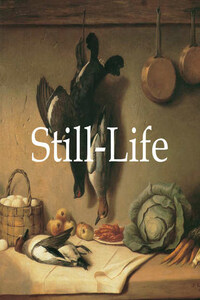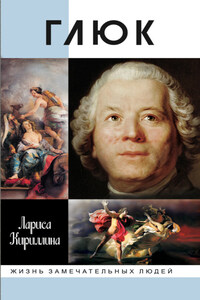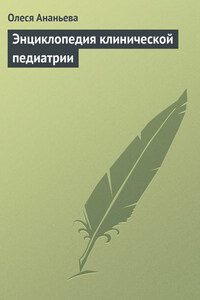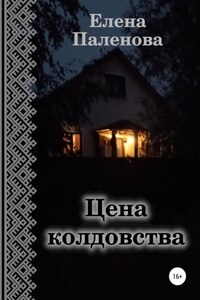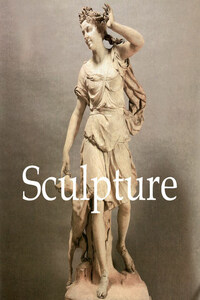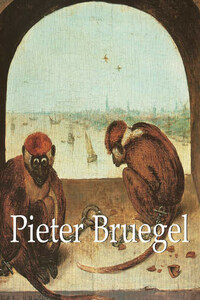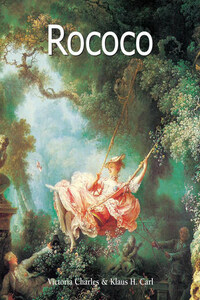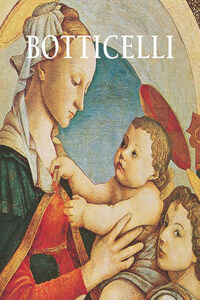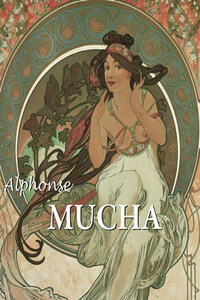© Confidential Concepts, worldwide, USA
© Parkstone Press International, New York, USA
© Estate Ozenfant Artists Rights Society, New York, USA / ADAGP, Paris
© Estate Derain/ Artists Rights Society, New York, USA/ ADAGP, Paris
© Estate Matisse/ Artists Rights Society, New York, USA/ ADAGP, Paris
© Estate Grabar Artists Rights Society, New York, USA / ADAGP, Paris,
© Estate Larionov/ Artists Rights Society, New York, USA/ ADAGP, Paris
© Estate Friesz Artists Rights Society, New York, USA / ADAGP, Paris
© Estate Picasso/ Artists Rights Society, New York, USA/PICASSO
© Konchalovsky Artists Rights Society, New York, USA / ADAGP, Paris
* * *
![]()
Still Life with Large Earthenware Jar
Félix Vallotton, 1923
Oil on canvas, 81 × 65.3 cm
Galerie Vallotton, Lausanne
One should treat with doubt the extremely widespread conviction that the still life has been in art since time immemorial. We know of a large number of “still lifes” from the art of antiquity, but it cannot serve as the sole criterion for today’s definition of still life in art history.
Two Skulls on the Embrasure of a Window
Hans Holbein the Younger
tempera varnished on wood, 33 × 25 cm
Public collection, Art Museum, Basel
We should therefore avoid a confusion of the genre’s history with its pre-history. It seems that the researchers link the history of the still life with easel painting, “where its laws manifest themselves most distinctly and have direct parallels with the emergence of other genres within painting.”
Game and Fruits
Peter Boel
Oil on canvas, 61.5 × 81 cm
Museum of Western and Oriental Art, Odessa
The Dutch term “stilleven” (“the quiet life”), first recorded in the year 1650, came into general use only towards the end of the seventeenth century. Later still, it was taken up by the English and German languages, and only then was its meaning inherited by the French term “nature morte,” which shows however some degree of narrowing down, if compared with the original connotation. The fate of the still life proved completely different from that of the majority of genres in painting.
Flowers and Fruit
Jean-Baptiste Monnoyer
Oil on canvas, 74.5 × 122 cm
The Hermitage, Saint Petersburg
Fruits
Jean-Baptiste Oudry, 1721
Oil on canvas, 74 × 92 cm
Pushkin Museum of Fine Arts, Moscow
Alexandre-François Desportes, the noted still-life artist, “painter of the royal hunts”, was still entirely in the thrall of the Flemish school, as can be seen from Still Life with a Hare and Fruit and Still Life with Game and Vegetables (both in the Hermitage).
Still Life with a Hare and Fruits
François Desportes, 1711
Oil on canvas, 115 × 199 cm
The Hermitage, Saint Petersburg
He displays the same refined naturalism in the juxtaposition of different textures to create his effect – foliage, fruit, stone, wood, feathers, wool, fur, and so on.
Still Life with Fruits
Jean-Baptiste Oudry, 1721
Oil on canvas, 74 × 92 cm
The Hermitage, Saint Petersburg
His still lifes might also include works of art such as, say, the relief by Duquesnoy included in Still Life with Dead Game and Vegetables – one of the highly fashionable “quotations” found in French painting from that time (and one more proof of close Franco-Flemish links in art).
Still-Life with Game and Vegetables
François Desportes, c. 1700
Oil on canvas, 121 × 135 cm
The Hermitage, Saint Petersburg
In short, in this modification the genre demonstrates what Boris Vipper termed a striving “to turn the still life into living nature”. Diderot notes in 1765 that it is to Chardin that we owe the fact that things, which had till then imitated perhaps beautiful, but nonetheless alien prototypes, those “silent creations” finally began to speak in French. Chardin recreated the genre, as it were, on the basis of the national artistic tradition.
Still Life with a Leg of Veal
Jean-Baptiste Oudry, c. 1720
Oil on canvas, 98 × 74 cm
The Hermitage, Saint Petersburg
Still Life with the Attributes of the Arts
Jean-Baptiste-Siméon Chardin, 1760s
Oil on canvas, 53 × 110 cm
Pushkin Museum of Fine Arts, Moscow
It is important to bear in mind that the system of genres is anthropocentric: even if the human being is not shown directly in a work, the human element forms the basis of any genre orientation.
Still Life with the Attributes of the Arts
Jean-Baptiste-Siméon Chardin, 1760s
Oil on canvas, 112 × 140.5 cm
The Hermitage, Saint Petersburg
That means that objects arranged to make something independent, forming something whole, do not supplant, but only mask the human subject expressing in a new manner its aim with regard to the world as a whole.
Fruits
Jean-François van Dael, 1808
oil on wood, 56 × 45 cm
Pushkin Museum of Fine Art, Moscow
In Chardin’s painting, “inanimate objects” (the usual description of the genre at the time) blended together, as it were, to express in their own way the character of the national perception of the world.
Still Life
Unknown artist, first half of the 19th century
Oil on canvas, 115 × 92 cm
Art Museum, Sebastopol
While in his early still lifes Chardin paid tribute to the Dutch and Flemish traditions, his mature work marks the establishment of a new set of stylistics for the genre. Without himself being aware of it, Chardin resolved within the sphere of a little genre a task of great magnitude.
